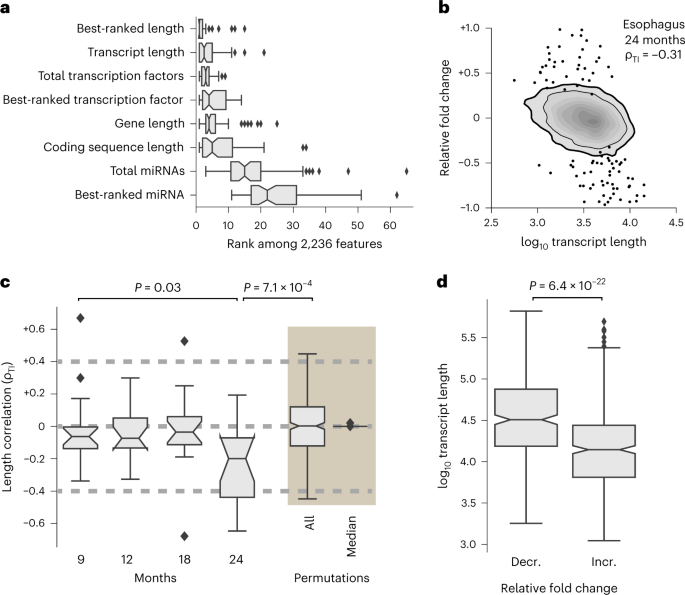2022-12-09 ペンシルベニア州立大学(PennState)
ペンシルベニア州立大学のコンピュータ科学者と生物学者のチームは、植物の光合成と蒸散に関与する気孔ガード細胞と呼ばれる小さな構造体が、物理的変化を受けたときに隣接する細胞とどのように相互作用するかを研究するための3Dイメージングモデルを開発しました。このモデルは、細胞の形状や力学を解析する既存の方法よりも効率的で正確であり、研究者たちはガードセルが予想外の振る舞いをすることを発見した。この研究は、生物学者がより効率的に実験を行い、重要な農作物など、変化する気候にうまく適応できる植物を特定するのに役立つだろう。
研究者達は、モデル植物であるシロイヌナズナ(一般的にはセイヨウノコギリソウとして知られています)を使ってパイプラインを構築し、テストしました。研究チームは、特殊な共焦点顕微鏡を使って、植物の葉にあるガード細胞の3D画像を撮影した。ガード細胞は気孔を取り囲み、二酸化炭素や水蒸気が気孔を通過する量を調節している。研究チームは、気孔の容積がどのように変化するかを調べるために、ガード細胞に接触している隣接する細胞を切除する(レーザービームで穴を開ける)前と後の画像を収集した。
<関連情報>
- https://www.psu.edu/news/research/story/novel-3d-imaging-model-may-show-path-more-water-efficient-plants/
- https://www.cell.com/patterns/fulltext/S2666-3899(22)00259-8
ガード細胞の自動3Dセグメンテーションによる気孔のバイオメカニクス解析 Automated 3D segmentation of guard cells enables volumetric analysis of stomatal biomechanics
Dolzodmaa Davaasuren,Yintong Chen,Leila Jaafar,Rayna Marshall,Angelica L. Dunham,Charles T. Anderson,James Z. Wang
Patterns Published:November 09, 2022
DOI:https://doi.org/10.1016/j.patter.2022.100627

Highlights
•Attention-gated, memory-efficient 3D segmentation model is presented
•Model can be trained with a few labeled images while capturing hard-to-localize regions
•Rapid and accurate 3D morphological measurements of stomata from the plant epidermis
•Study demonstrates the model’s effectiveness in an analysis of stomatal biomechanics
The bigger picture
A major challenge for biologists studying cell dynamics in 3D is labor-intensive manual segmentation and measurements of cells. Plant biologists seek to study the dynamic deformations of stomatal guard cells, which can allow plants to use water more efficiently, a major limiting factor in global agricultural production and an area of increasing concern due to climate change. With this aim, we present a one-stage automated segmentation network for 3D images of stomatal guard cells (3D CellNet) that enables rapid and accurate morphological measurements. When applied to 3D confocal data, it allowed us to quantitatively test how neighboring pavement cells in the epidermis of Arabidopsis thaliana plants impose physical constraints on stomatal complexes, a refinement of the “polar stiffening” model of stomatal biomechanics. We anticipate that our model will allow biologists to efficiently test new hypotheses on cell dynamics and biomechanics with a handful of labeled 3D images of their own.
Summary
Automating the three-dimensional (3D) segmentation of stomatal guard cells and other confocal microscopy data is extremely challenging due to hardware limitations, hard-to-localize regions, and limited optical resolution. We present a memory-efficient, attention-based, one-stage segmentation neural network for 3D images of stomatal guard cells. Our model is trained end to end and achieved expert-level accuracy while leveraging only eight human-labeled volume images. As a proof of concept, we applied our model to 3D confocal data from a cell ablation experiment that tests the “polar stiffening” model of stomatal biomechanics. The resulting data allow us to refine this polar stiffening model. This work presents a comprehensive, automated, computer-based volumetric analysis of fluorescent guard cell images. We anticipate that our model will allow biologists to rapidly test cell mechanics and dynamics and help them identify plants that more efficiently use water, a major limiting factor in global agricultural production and an area of critical concern during climate change.


